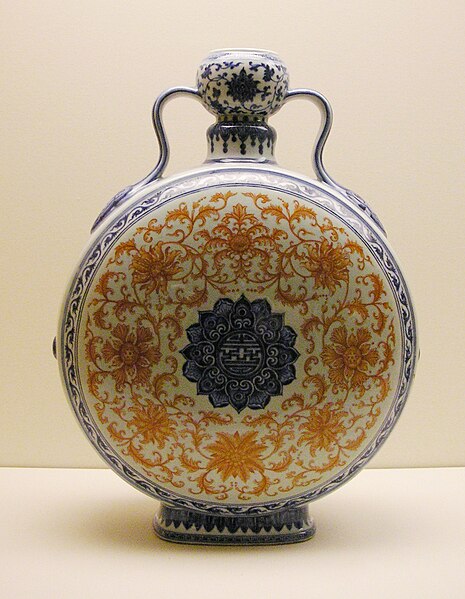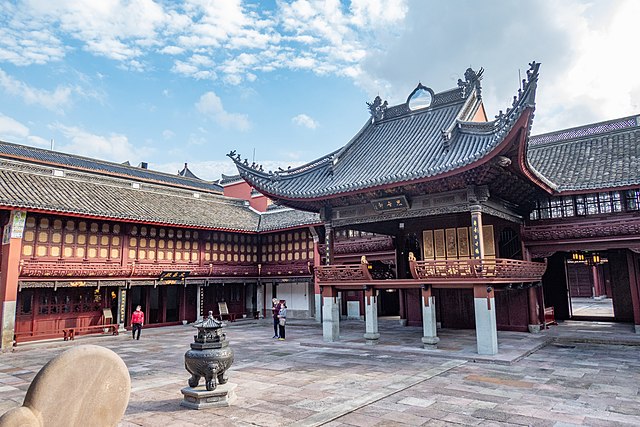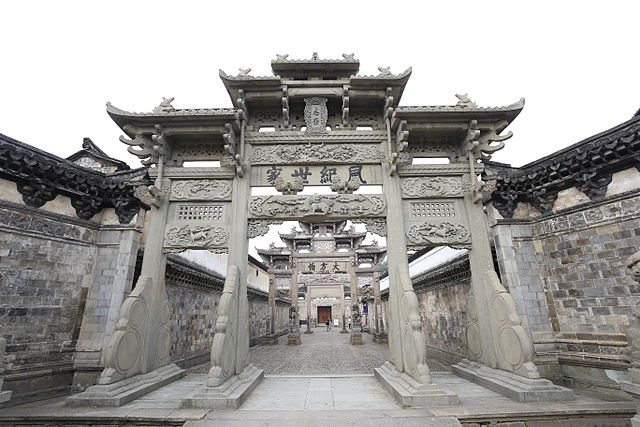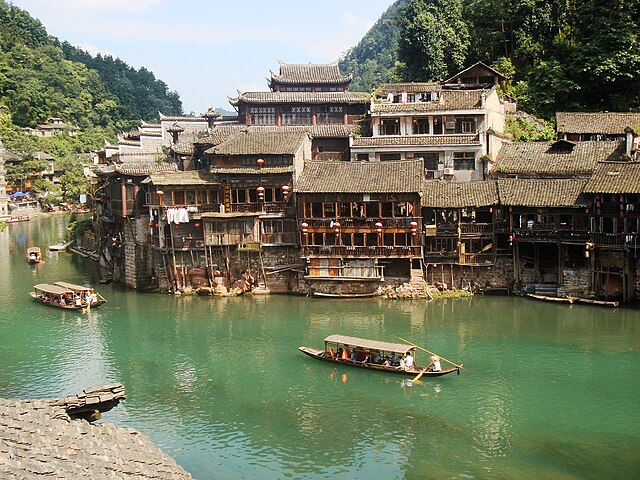Traditional Chinese marriage
Traditional Chinese marriage is a ceremonial ritual within Chinese societies that involves not only a union between spouses but also a union between the two families of a man and a woman, sometimes established by pre-arrangement between families. Marriage and family are inextricably linked, which involves the interests of both families. Within Chinese culture, romantic love and monogamy were the norm for most citizens. Around the end of primitive society, traditional Chinese marriage rituals were formed, with deer skin betrothal in the Fuxi era, the appearance of the "meeting hall" during the Xia and Shang dynasties, and then in the Zhou dynasty, a complete set of marriage etiquette gradually formed. The richness of this series of rituals proves the importance the ancients attached to marriage. In addition to the unique nature of the "three letters and six rituals", monogamy, remarriage and divorce in traditional Chinese marriage culture are also distinctive.

A Qing dynasty wedding. The groom's parents are seated. The bride is the one in the centre wearing a red dress and blue headpiece, presenting tea to her mother-in-law. The groom usually wears a sash forming an "X" in front of him. Sometimes the "X" includes a giant bow or flower, though not in this picture.
Wedding procession of the Guangxu Emperor, 1889
Wedding procession of the Guangxu Emperor
Ruyi (wish granting scepter) used in Empress Xiaoding's wedding
Chinese culture is one of the world's oldest cultures, originating thousands of years ago. The culture prevails across a large geographical region in East Asia with Sinosphere in whole and is extremely diverse, with customs and traditions varying greatly between counties, provinces, cities, towns. The terms 'China' and the geographical landmass of 'China' have shifted across the centuries, before the name 'China' became commonplace in modernity.
Porcelain is so often associated with China that it is often referred to as "china" in everyday English usage.
Chinese shrine in Ningbo city
Residence of the Lu Family in Dongyang, built in the Ming period.
Fenghuang County, an ancient town that harbors many architectural remains of Ming and Qing styles.








